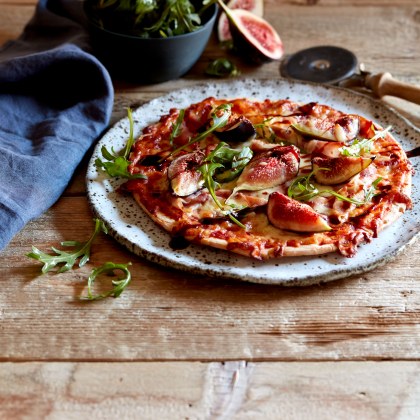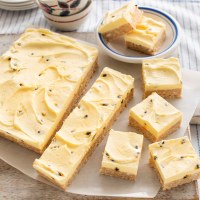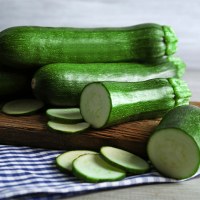How to choose, store and prepare figs
Did you know a fig is actually not a fruit…it’s technically an inverted flower! The soft, juicy insides are actually lots of little flowers, and they’re oh-so-tasty. So tasty that figs are among the oldest cultivated fruits, and people have been enjoying their sweet honeyed flavour and soft texture for over 11 000 years.
Fresh figs are available once a year and only for a short period of time. In Australia, March is the month to go and buy some gorgeous Australian figs.
Figs are bell-shaped with soft and slightly velvety skin. A fig can be brown, purple, yellow, green or black and vary in size.
Common fig varieties
There are many fig varieties available in Australia, varying in size, shape and colour. Some are better for fresh eating and others are great for turning into jam or drying. These are just some of the more popular varieties:
Black Genoa figs: Most fresh figs at the supermarket will be Black Genoa figs. They have a dark purple skin, with white flesh and red seeds.
Brown Turkey figs: Sometimes labelled the Purple Turkey, these figs have a fantastic flavour. They have fewer seeds are brownish-purple in colour.
Calimyrna figs: Large, with green skin and white flesh. They have a nutty, honey flavour.
White Adriatic figs: These are known for their pronounced flavour especially when dried or jammed
Kadota figs: Have a sweet, white to amber-pink pulp, with only a few seeds. A medium sized fig with a yellowish-green thick skin.
How to choose figs
What does a good fig look like? Choose soft, plump, heavy figs with intact stems. Small bruises or tears are usually harmless, but avoid buying dry cracked figs.
How to store figs
Once picked, figs have a short shelf life and should be eaten within a few days. Store in a single layer on a plate or shallow bowl in the fridge or cool place.
How to prepare and eat figs
As figs are so soft, handle them with care. Rinse before eating with cool water and gently wipe dry. You can eat the whole fig including the skin and seeds. They’re delicious raw, in baked goods, caramelised or roasted. They can also be preserved by drying, jamming or pickling. Figs pair beautifully with salads, cheese, meats, cakes and with other sweet treats. Try them in some of the recipes below!
Fantastic fig recipes
You can save and collect these fig recipes to a personalised ecookbook with your free myfoodbook account! Login, or if you don't have an account yet register here to start collecting recipes.











